
Terekhova_E_Dvustoronniy_perevod_obshchestvenn
.pdfincreased in size by some 13,000 square meters and altered to look like Philae. The cost of these two operations alone reached $72,000,000; the Egyptian government covered half of it, and the rest donated by other countries, thanks to the international solidar ity inspired and maintained by UNESCO.
Other Major International Campaigns
In similar fashion, Nubia became the greatest archeological site of all time. An international campaign is aimed at creating two new museums in Egypt: the Museum of Nubia at Aswan, and the National Museum of Egyptian Civilization in Cairo.
Similar campaigns have or will ensure the preservation of sites such as Venice and Borobudur, Moenjodaro and Carthage; the Katmandu Valley; Fez; Haiti and Malta; Machu Pichu and Mauritania. Mr Amadou Mahtar M’Bow, Director General of UNESCO since 1974, stressed the significance of these programs in the following terms: “First to preserve for the present and the future the monuments which bear witness to the creative genius of man, to his struggles and hopes, but also to his desire to surpass himself and his quest for the absolute; and secondly, to make these treasures accessible to the widest possible public.”
It is important not to overlook the fact that 165 natural and cul tural sites currently figure on the World Heritage List and therefore receive particular attention from the international community.
The vagaries of history and the persistent illicit traffic of cultural property have caused peoples to be deprived of art objects that bear witness to the cultural wealth of their past. That is why the “Intergovernmental Committee for Promoting the Return of Cultural Property to its Countries of Origin or its Restitution in case
of Illicit Appropriation” was set up in 1978. The Committee has already obtained significant results in this field.
The International Fund for the Promotion of Culture, which was set up in 1974, has already approved 176 projects representing a total cost of $2,553.000 and affecting 69 UNESCO Member States as well as several regional and international institutions for cultural co operation. The aim of these projects is extremely varied, ranging
240
from the fostering of traditional cultures in the Easter Island to the translation and publication of literature from 60 cultures into the world’s most widely spoken languages. So far, some 800 titles have been published, translated from roughly 50 Oriental languages, 25 European languages and various African and Oceanic languages.
The present program is also furthering intercultural studies and research into specific cultures. For example, the first two volumes of a General History of Africa appeared in 1981. The planned series of eight volumes should be completed by 1985 with the collaboration of the most eminent African specialists of our time. Likewise, the
Scientific and Cultural History of Mankind, which was published between 1967 and 1969, is currently being revised.
Towards a Free and More Balanced Circulation
of Information
Although the terms “information” and “communication” do not appear in the UNESCO acronym, “to promote the free flow of ideas by word and image” is a constitutional obligation for the Organization.
This objective is reflected in the Florence Agreement (1950) and its Protocol (1976), which seeks to ease the importation of objects of educational, scientific or cultural interest.
In the 1970s, UNESCO became increasingly aware of the ever larger part played by communications in the life of societies and in the exchanges —of whatever kind— between the peoples of the world as a whole. The communications revolution therefore had pro found repercussions on the Organization’s thoughts and actions. They affected two basic areas: research and operational programs.
Intergovernmental conferences organized in several major geo graphical regions —Costa Rica (1976) for the Latin American coun tries and the Caribbean; Kuala Lumpur (1978) for the Asian and Pacific countries; Yaounde (1980) for the African States— have pointed up the very close correlation between modes and systems of communications, on one hand, and development on the other. They have also shown up the profound imbalance that exists within most countries and on the international scene in the production and dis
241
tribution of messages. They have called for a free circulation and a wider, better balanced dissemination of information. They have shown how urgent it is to set up a new world information and com munication order so as gradually to reduce these grave imbalances and to give each individual, each community and each nation the possibility of making its voice heard, speaking for itself about its dif ficulties, hopes and needs.
The International Commission for the Study of Communication Problems, set up in 1978, issued a report which arrived at much the same conclusions. With Sean MacBride, winner of the Nobel and Lenin Peace Prizes, as chairman, the Commission was made up of six teen members from different geographic and intellectual backgrounds. Its findings were published in the report entitled “Many Voices, One World — Communication and Society of Today and Tomorrow”. The report is both the first result of the research undertaken, and, through the many questions it raises, the vehicle for further studies.
Developing Communications Facilities for All
Long before this, however, UNESCO had already begun to help the least provided countries to equip themselves with their own communications facilities. Thus, for example, a highly active program spread over the last ten years has achieved notable success due to the range of needs it satisfies, in spite of its fairly modest resources. The pro gram concerns the rural press in Africa. Most newspapers were launched to serve the newly literate, and the complexity of their contents was adjusted to meet the educational level of their readers. New objectives now complement these early aims; the rural press is seeking to give its readers practical information to help them improve farming techniques, hygiene and their general standard of living; to ensure that they play their part in the development of the community; to serve as an instrument of dialogue between the administration and the rural populations; and to encourage the habit of reading. There are currently over 60 monthlies of this kind, pub lished in 16 countries in more than 20 African languages. Editions range from 100 to 60,000 copies. A country such as Niger has 15 such newspapers, appearing in eight different languages.
242
In a wider context, UNESCO’s operational activities in the communications field have received a new impetus with the launch ing in 1980 of the International Program for the Development of Communication (IPDC). Aimed at helping “to increase co opera tion and assistance for the development of communication infra structures”, the IPDC has now entered its operational stage. A meeting of the Intergovernmental Council of the Program (Acapulco, 1982) approved a budget for the implementation of 12 regional projects — among them the enhancement of the Pan African News Agency — and two interregional projects.
THE DETERMINATION TO BUILD A WORLD OF PROGRESS,
JUSTICE AND PEACE
Intergovernmental conferences, small committees or meetings of specialists, publications printed by the thousand, research and studies, programs of international scope or microprojects, surveys and training schemes — these are a few of the many means that UNESCO uses daily in the pursuit of the aims laid down by the Organization’s founders.
In view of the magnitude of the program, the discrepancy between the ambitious aims and limited human and financial means is striking: some 3,400 men and women of 131 nationalities work at the Paris headquarters of the Organization, in regional bureau or in co operation programs throughout the world. The regular budget for the implementation of the Program does not amount to more than $374,410,000 for the period spanning 1984–1985. To these are added funds from various sources, in particular, amounts con tributed by other international organizations.
It is impossible not to mention the hundreds of thousands of volunteers who help UNESCO all over the world: members of National Commissions for UNESCO in each Member State, mem bers of more than 480 international non governmental organiza tions in constant touch with UNESCO, teachers and pupils in hun dreds of schools associated with UNESCO, who carry out programs
243
of education for peace and the respect for human rights, members of more than 2,000 Clubs or Associations friendly to UNESCO, who devote their best efforts to the propagation of the UNESCO ideal.
“On the threshold of the third millennium, as the threat looms of the total destruction of the planet, and as millions of people wage a daily struggle for survival, one can have confidence in men’s wis dom, and hope that one day in the not too distant future, the objec tive of UNESCO will be attained: to find a “reason for living togeth er” which will gradually transcend our selfishness and establish sol idarity on a world wide scale, reconciling all our differences around shared values...”
AMADOU-MAHTAR M’BOW, Unesco Director-General, during the visit of Pope John Paul II
to UNESCO Headquarters
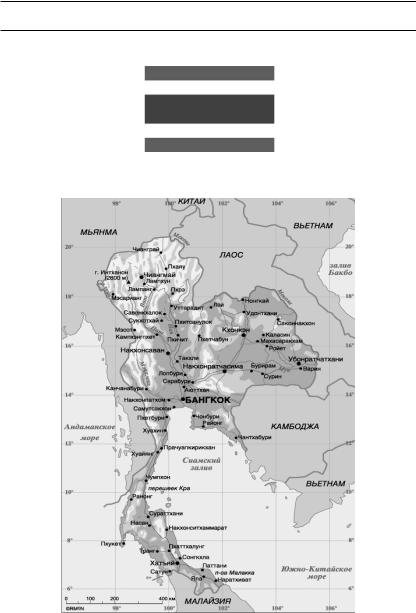
ПРИЛОЖЕНИЯ
Иллюстративный материал
Ðèñ. 1. Флаг Таиланда
Ðèñ. 2. Карта Таиланда
245
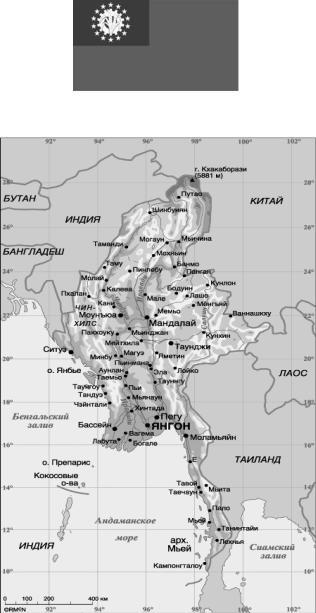
Ðèñ. 3. Флаг Мьянма
Ðèñ. 4. Карта Мьянма
246
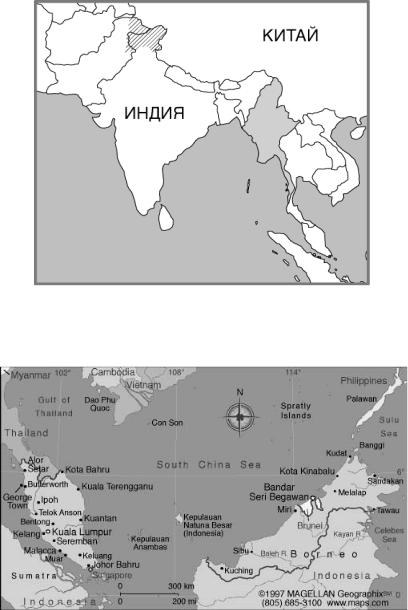
Ðèñ. 5. Карта Малайзии
Ðèñ. 6. Карта Малайзии
247
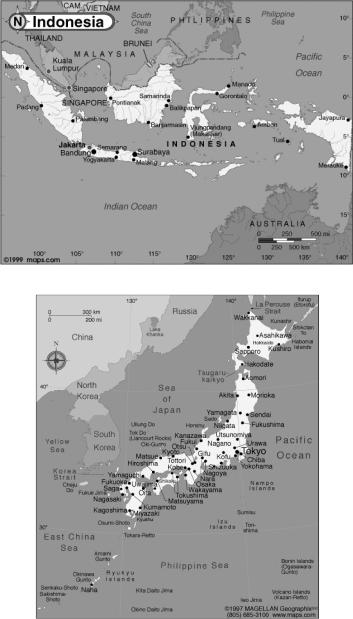
Ðèñ. 7. Карта Индонезии
Ðèñ. 8. Карта Индонезии
248
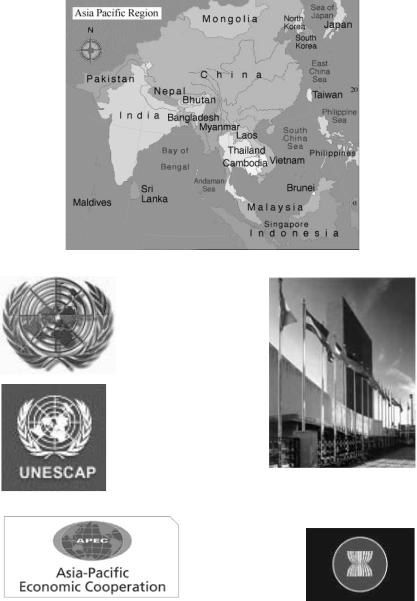
Ðèñ. 9. Карта АТР
Ðèñ. 10. Эмблема ООН
Ðèñ. 12.
UNESCAP
Комиссия ООН для АТР Ðèñ. 11. Фасад штаб
квартиры ООН в Нью Йорке
Ðèñ. 13. Эмблема АРЕС, |
Ðèñ. 14. Эмблема АСЕАН, одного |
одного из подразделений ООН |
из подразделений ООН |
249
